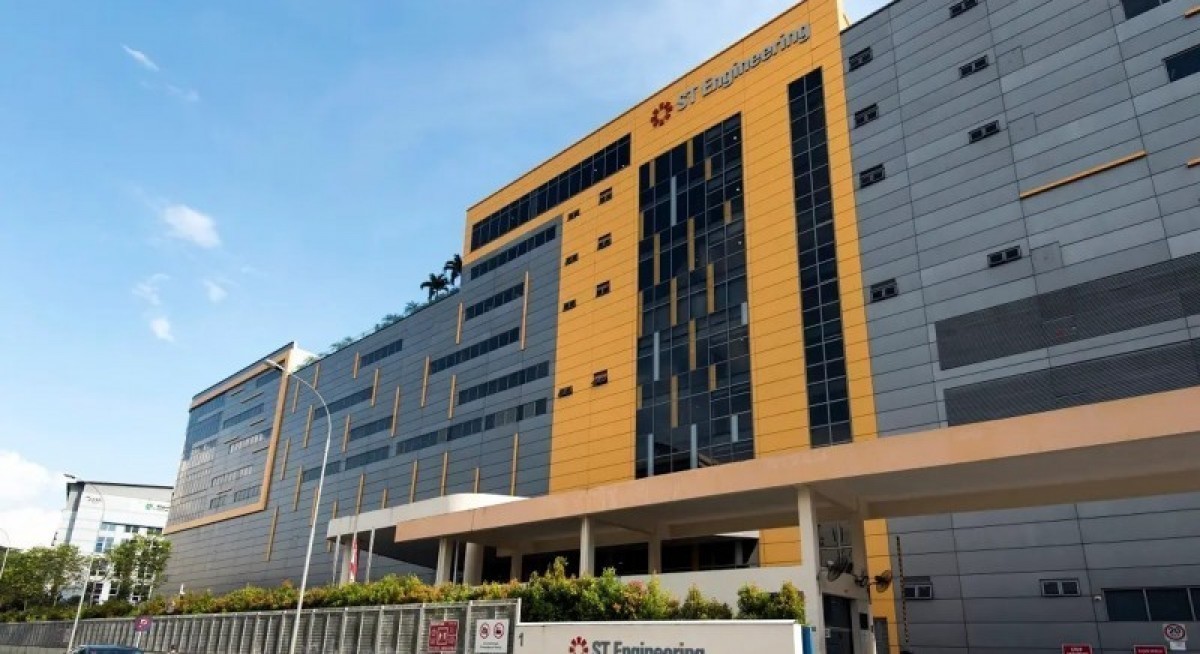With the facility’s opening, total engine ST Engineering’s MRO throughput will exceed 400 shop visits a year when combined with the Xiamen facility.
Jaiswal writes: “This move is strategically important, given that over 4,000 LEAP-powered aircrafts are currently in service, and reflects ST Engineering’s ambition to broaden service offerings to include performance restoration and full overhaul shop visits.”
The analyst notes that the group is a “key regional player” in the “growing” segments of aviation maintenance with its designation of being a premier MRO provider in engineer manufacturer CFM International’s 2023 LEAP ecosystem.
He also sees that ST Engineering stands to benefit from airlines extending the lives of their fleet, driven by delivery delays from Boeing and Airbus. “While passenger-to-freighter conversions are moderating, higher nacelle demand and incremental engine MRO work should drive an earnings before interest and taxes (ebit) compound annual growth rate (CAGR) of 7% during the FY2024 to FY2029,” writes Jaiswal.
See also: PhillipCapital's Lim maintains 'buy' call on Zixin Group but cuts target price to 5.5 cents
He adds: “Beyond CA, [the] defence and public security segment (DPS) continues to anchor earnings with 5% ebit CAGR, underpinned by Singapore’s defence spending and rising international contracts, while USS remains a medium-term growth lever as satcom recovery gathers pace in 2HFY2025.”
Meanwhile, the group’s orderbook has reached a record $31.2 billion, which provides three years of revenue visibility.
“$5 billion is scheduled for delivery in the 2HFY2025, representing 80% of our 2HFY2025 revenue. ST Engineering’s capital recycling strategy should ease balance sheet pressure from FY2024’s high net gearing of 182% to 105% by end-FY2026,” adds Jaiswal. At the same time, proceeds from the group’s divestment of LeeBoy and SPTel will lower financing costs.
See also: SAC Capital initiates coverage on Reclaims Global with ‘buy’ call and target price of 49.7 cents
ST Engineering is also working on restructuring its aviation asset management into a fund platform, which will support the expansion of its assets under management (AUM) to US$3.5 billion ($4.49 billion) by FY2029.
With this, Jaiswal’s FY2029 forecasts remain below the group’s management’s targets.
He concludes: “Combined with a record-high orderbook, resilient margins, and a well-diversified business across DPS, urban solutions and Satcom (USS), and CA, we view ST Engineering as a high-quality defensive growth play with further re-rating potential.”
Key drivers for ST Engineering noted by him include new order wins and the continued delivery of its orderbook, sustained improvement in the global aviation market and contributions from acquisitions.
Conversely, key risks include a slower revival in the commercial aerospace sector, lower margins from higher costs caused by supply chain issues, delays in the delivery of its orderbook and lastly, lower-than-expected contribution from acquisitions.
As at 3.56pm, shares in ST Engineering are trading 3 cents lower or 0.35% down at $8.50.




